In August, the Unseen STL History Talks at Spine Bookstore and Cafe featured Mike Boyd and Thomas Grady, authors of the new book Vandeventer Place – Gilded Age St. Louis: A Social, Economic, Architectural and Urban History of the Legendary Post-Civil War Enclave. They delved into the fascinating history of Vandeventer Place. This elegant neighborhood, established after 1870 just west of today's Grand Center Arts District, was home to prominent residents and boasted remarkable architecture. Mike and Tom captivated us with stories of its grandeur and the factors that led to its unfortunate decline and then demise in the late 1940s.
The history of Vandeventer Place
Mike and Tom offered an insightful look into the design of Vandeventer Place, a prestigious neighborhood established in 1870 for some of St. Louis' wealthiest citizens.
Among the notable residents were
John Lionberger, a prosperous merchant and banker;
David R. Francis, who served as Mayor of St. Louis, the 27th Governor of Missouri, U.S. Secretary of the Interior, and Ambassador to Russia;
Edward Mallinckrodt, a founder of Mallinckrodt Chemicals;
and David Davis Walker, the great-grandfather of President George Bush.
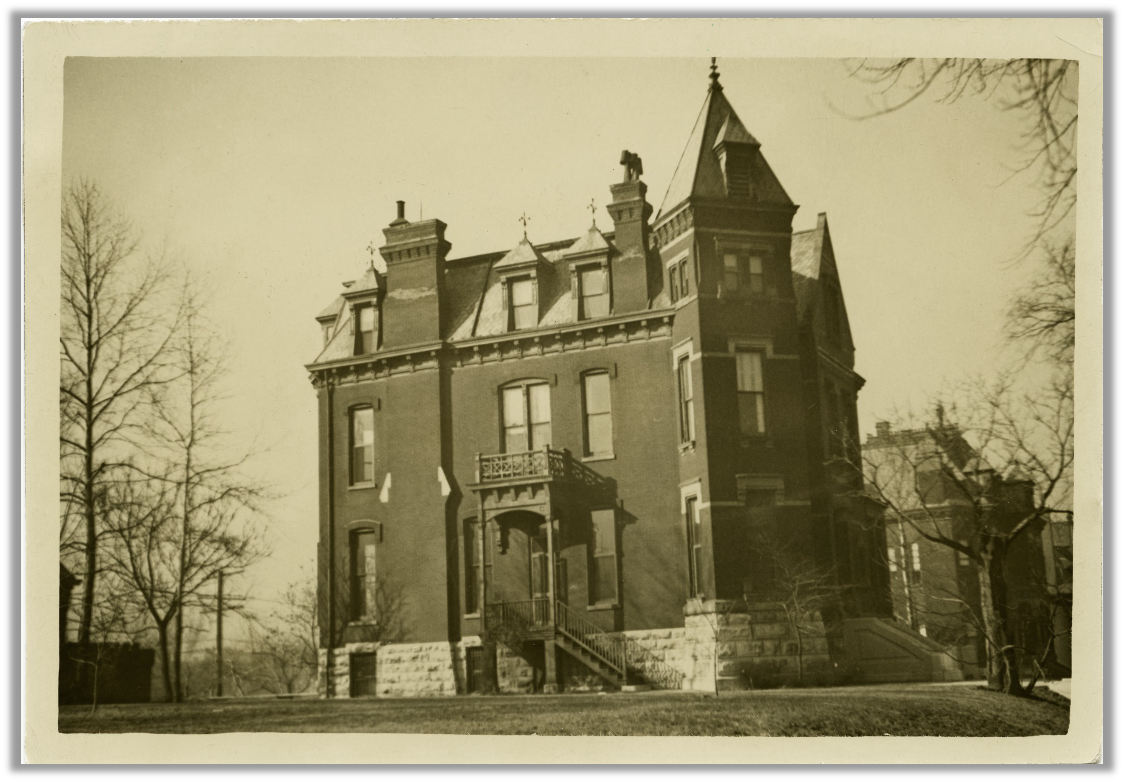
They also shared plat maps and Sanborn maps to show the neighborhood's layout, many significant architectural details, and a little history of the privately funded narrow gauge railroad that ran from Vandeventer Place to Florissant.
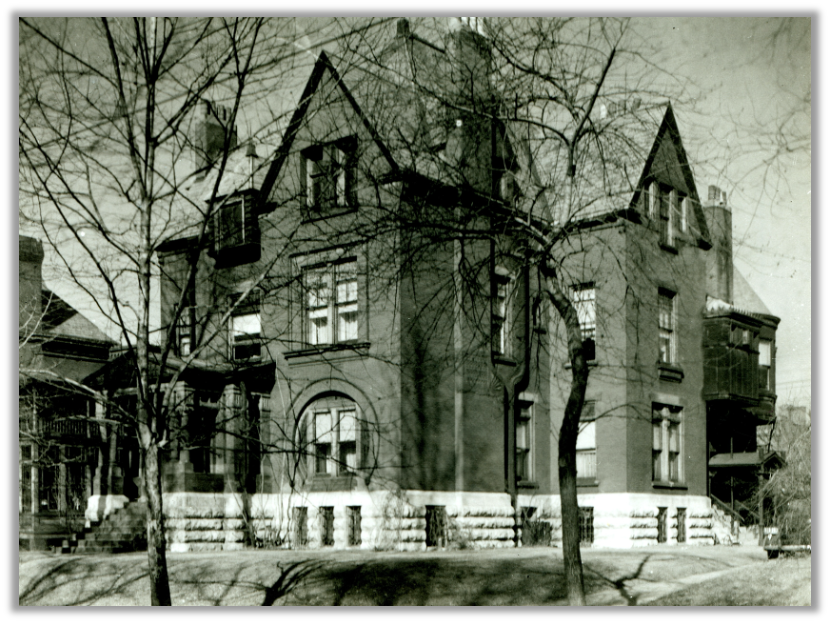
The neighborhood experienced a decline in its later years, with some of the grand homes turning into boarding houses and rooming houses. Part of this decline was due to people moving further west to Lindell and the Central West End, and part of it may have been a result of industrial development to the north. The stately homes were all torn down by 1950. One set of gates now stands near the Jewel Box in Forest Park and the fountain now lives in Shaw Place off DeTonty in the Shaw neighborhood.
You can download their slide presentation below.
To purchase their book about Vandeventer Place, you can pick up a hardcover or softcover copy at Spine Bookstore (1982 Arsenal St.) or order it through the Mercantile Library in St. Louis.
How to find more Unseen St. Louis history
Be sure to subscribe to Unseen St. Louis for the latest articles about local history and information about the monthly talks.
For even more history, be sure to follow the Unseen St. Louis page on Facebook. We also have a group on Facebook called STL History & Preservation.
And if you haven’t joined us yet, be sure to sign up for Unseen STL History Adventures on Meetup.
Support Unseen St. Louis
Unseen St. Louis is always free and accessible to everyone. However, a great deal of effort goes on behind the scenes to bring it to life. Paid subscriptions play a crucial role in keeping it sustainable, so if you’re interested in supporting my work, please consider upgrading.
Whether you engage with Unseen St. Louis on Substack, attend the talks, follow along on Facebook, or join the meetups, your support means everything to me. It’s genuinely an honor to be able to share tales of St. Louis's history and hear how much they mean to the community. Thank you for being a part of this journey.
If you like what I’m doing, be sure to share these posts with your friends!






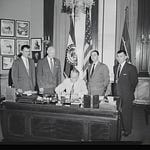
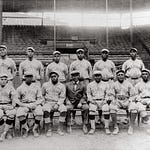

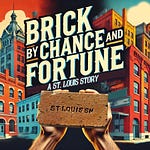
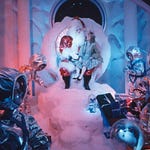
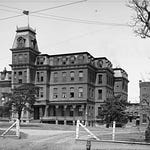
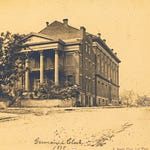
Share this post